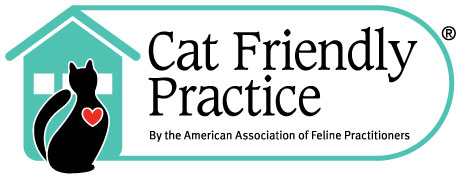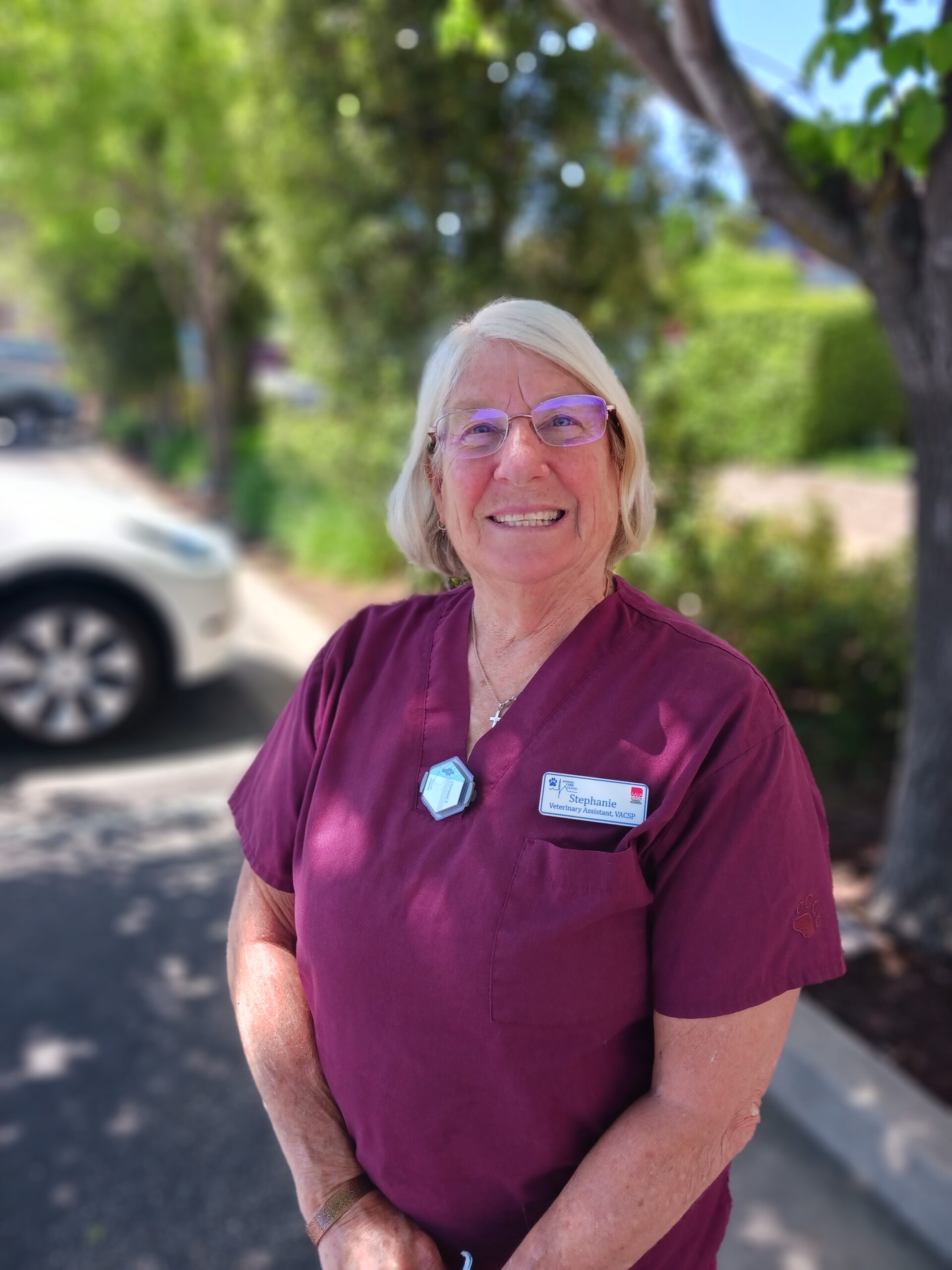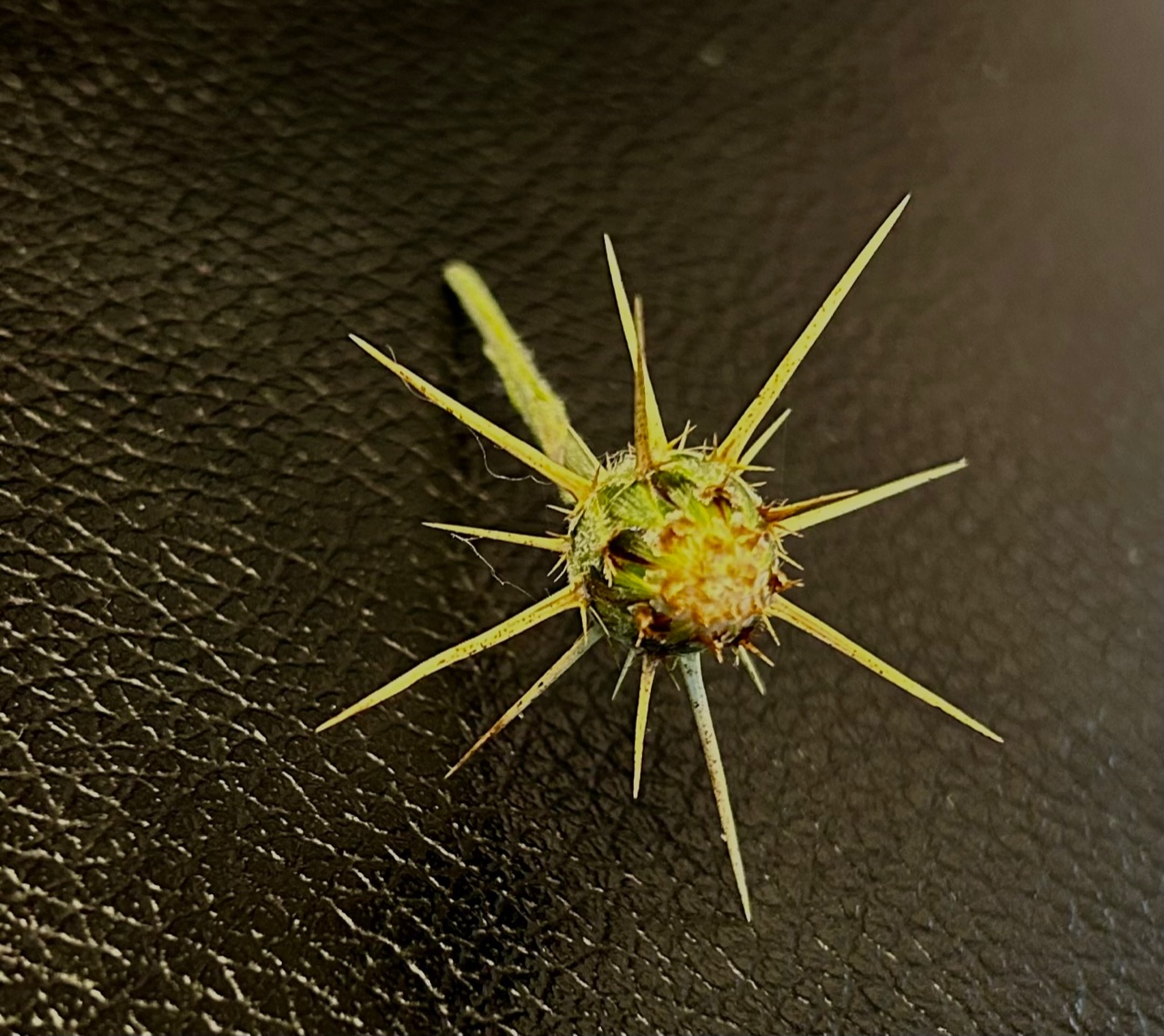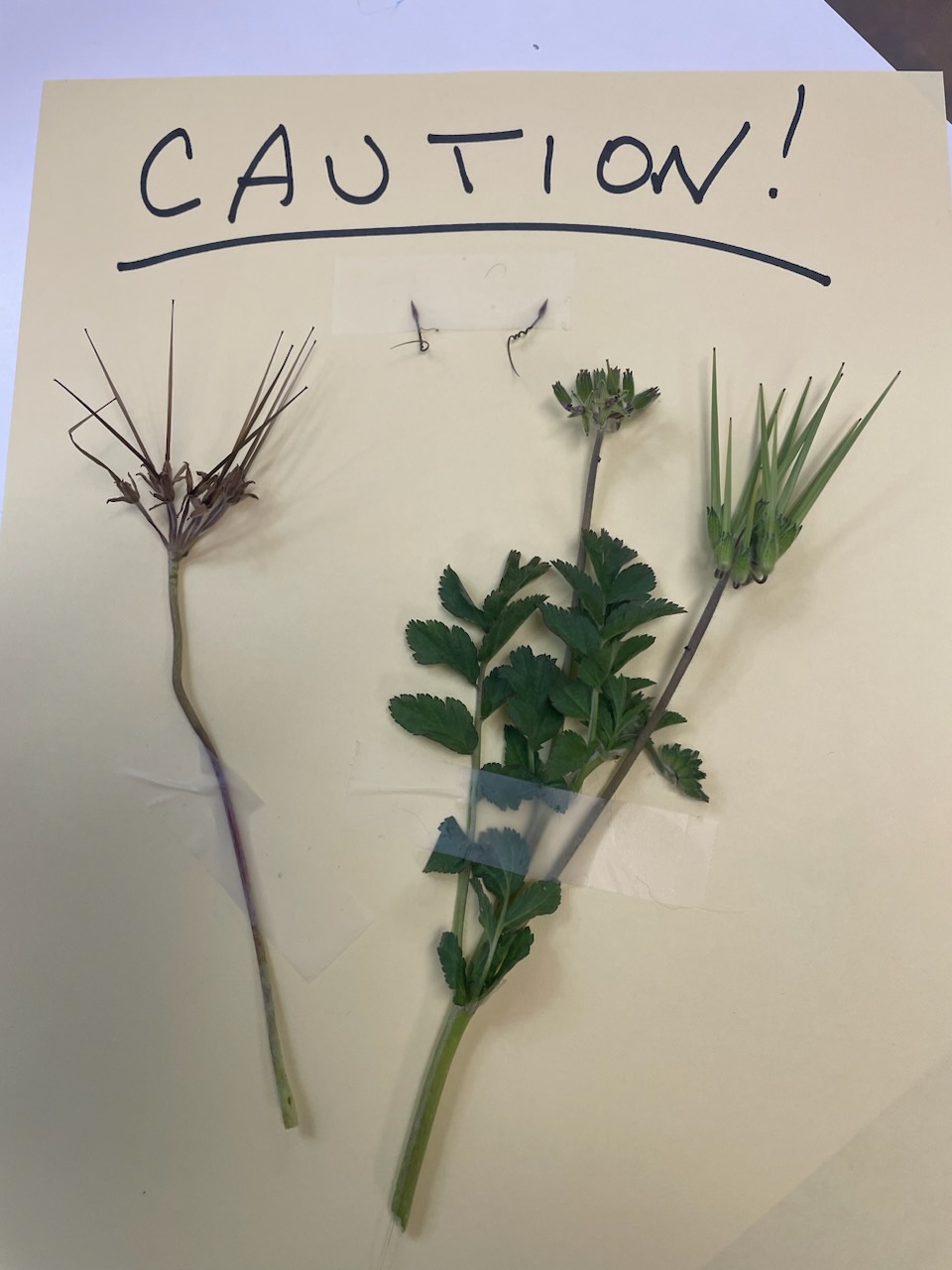We learned about bones the last two weeks, and today we ™ll see how bones are hooked together. The union of two bones is called a joint. Some joints move We learned about bones the last two weeks, and today we ™ll see how bones are hooked together. The union of two bones is called a joint. Some joints move, like the knee and elbow, while others are very static, such as the joints in the skull. The highly mobile joints are called synovial joints and are where most problems occur. Ligaments are fibrous tissues that attach one bone to another. the skull. The highly mobile joints are called synovial joints and are where most problems occur. Ligaments are fibrous tissues that attach one bone to another. Tendons are the bands that attach muscle to bone. You can compare tendons and ligaments to braided rope – very strong, but not very stretchy. Most highly mobile joints also have a joint capsule, which is like a fibrous bag that surrounds the entire joint and attaches to the bone. The joint capsule, tendons and ligaments hold the bones together while allowing them to move. Inside the joint is a viscous fluid called synovial fluid. It is a lubricant that is similar to the oil we add to our cars. The ends of the bones within a joint are lined with a thin layer of cartilage that is very smooth and designed to glide under motion – you can think of this like ball bearings. Ligaments are found both inside and outside of joints. Most joints will have many short ligaments designed to prevent motion in certain directions. Tendons are attached to muscles and therefore are involved in moving the joint. As a muscle group contracts, the tendon will pull on the bone and make it move. For example, when your quadriceps, or thigh muscles contract, the tendon that runs through your knee cap onto your lower leg, pulls the lower leg up and extends your knee. Movement and the design of joints is an amazing thing, but when the system deteriorates it can lead to great pain. We ™ll look deteriorates it can lead to great pain. We ™ll look at that next week. If you think your pet may deteriorates it can lead to great pain come see us.
by Bonnie Markoff, DVM, ABVP









Leave A Comment
You must be logged in to post a comment.